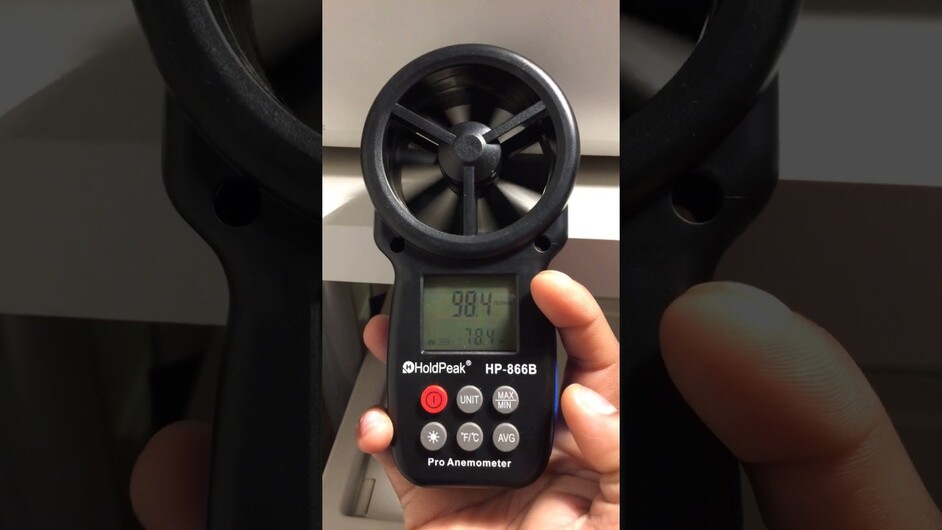Good point. It would be interesting to see a flow rate vs delta P curve for the GF fan, but GF doesn’t seem to release technical data of that sort.
After I did this experiment I realized I totally should have put a flow meter in the test too, but given the amount of blood loss in quickly changing over the duct in the walls, not excited to try again…
Good lord - you actually have the hardware to measure exhaust velocity? You’d be a fun neighbor with your vast collection of gadgets!
No, but I have a father and a son who are pilots (both powered and glider) so they have a pocket wind gauge.
Ah, there’s dedication to the advancement of human knowledge.
![]()
I remembered that. Maybe if I get inspired this weekend, I will switch back and do a CFM comparison…
It only matters if you’re not going to follow their guidance of a flexi-hose with no more than 2 90 degree bends and 10 ft in length. If you do that, the extra turbulence isn’t an issue. For @karaelena, he needed to do a really long run with elbows (and booster fan) in which case it makes sense to worry about flow restrictions and turbulence.
I note that now when I shut the lid the flexible hose puffs up for a second, which indicates to me there is some flow restriction (it’s only 8’ from GF to outside)
One thing to consider (and something I dealt with when I modded my K40 by adding front intake fans) is that the output cannot exceed the capacity of the unit to breathe. So the tighter the box the less air going in, the less that can go out…until the exhaust fan is powerful enough to crush the intake manifold (the laser enclosure in this case) ![]()
The “restriction” in this case is the air already present in the vent hose before you close the lid. The air has its own mass, inertia, and it’s affected by gravity. Since your GF is lower than the vent outlet, there is a weighted column of air inside the vent hose and it puffs up because when you close the lid, you’re essentially pumping air from inside the house directly into the vent.
Or, the static air pressure inside your basement could be slightly lower than the outside air because of HVAC system, or an open chimney flu, or simply heat convection (ie: warmer air upstairs rising thus causing a slight draft/vacuum in the basement). This could cause air to flow from the outside, down the vent hose, so when you close the GF lid, that airflow is immediately stopped and you get an air/water hammer effect in the hose.
Sorry if I have missed this, but do the exhaust fans stop when the print is paused?

For the current version of S/W the print can not be paused. Only stopped.
Thanks for clearing that up! If they do enable the pause feature (I am pretty sure this was mentioned) it seems to me the exhaust fan would almost have to turn off in order to lift the lid easily, without a pressure differential.
You can lift the lid now when it’s running. All the interlocks kick in and turn things off. I’ve not noticed any issues with pressure differentials except that smoke may not be fully exhausted and comes out the top/front because I wasn’t patient enough to wait for it to finish clearing things out before I lifted the lid.
So the exhaust fan does shut off if the lid is lifted mid print?
It’s possible to amplify or quiet house-noise and exhaust-noise separately… fortunately it’s not a zero sum game. For example, insulating your exhaust makes indoors quieter without making outdoors louder.
You could probably take the 5" version of that product and slip a proper hose within it, such that you make more use of it for it’s noise dampening ability than anything else.
